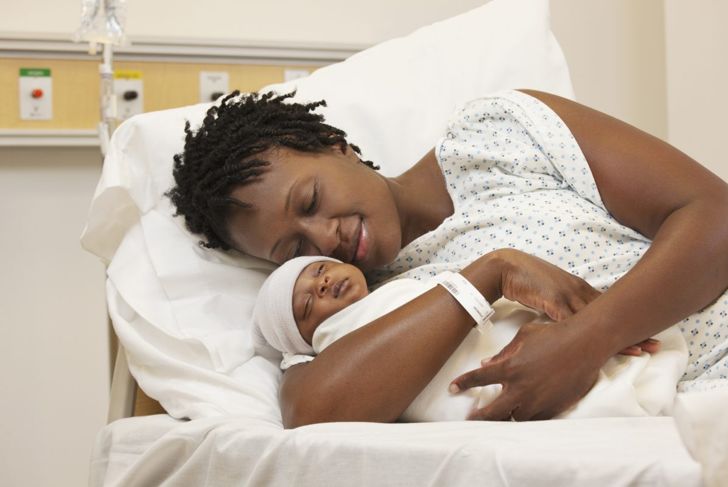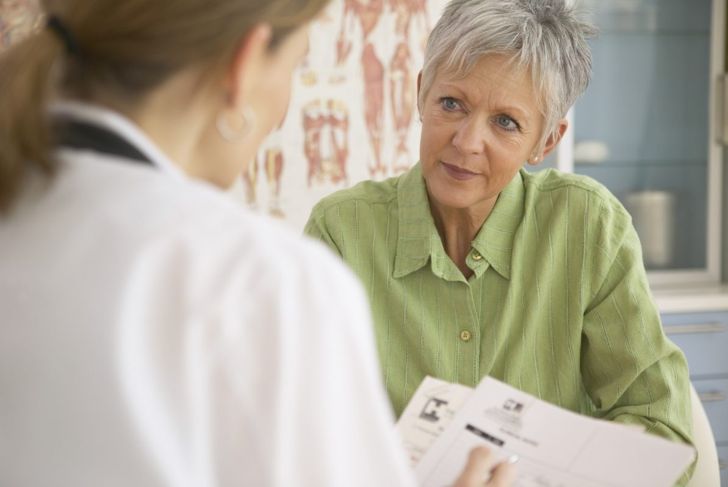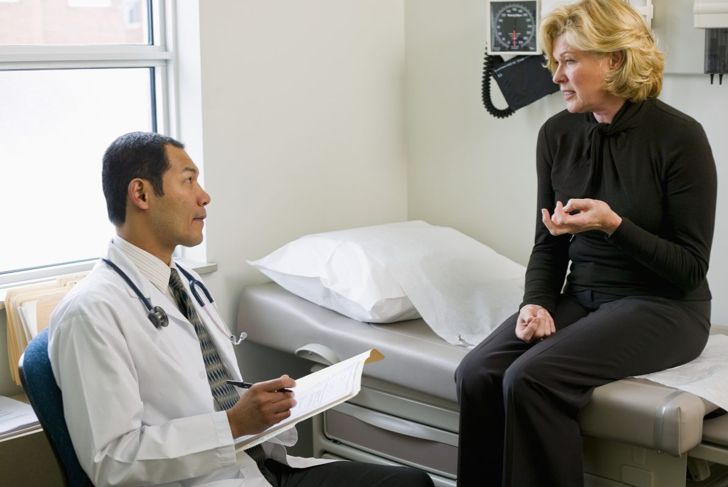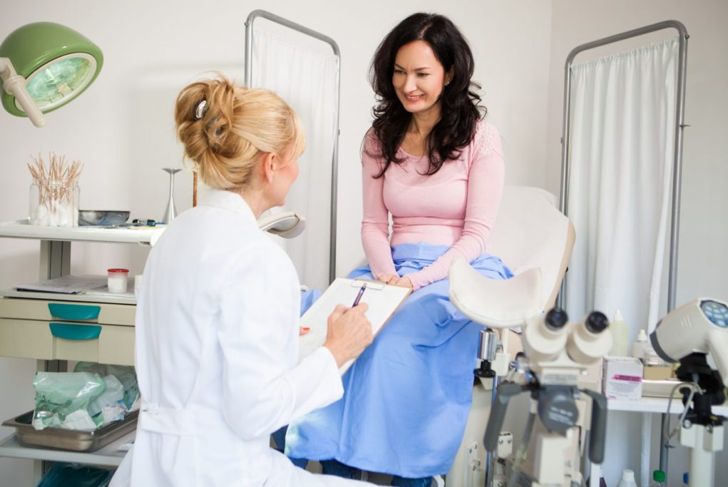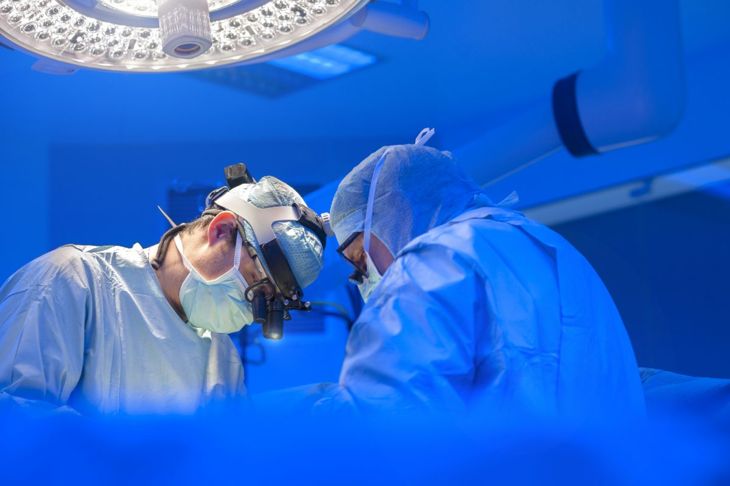A rectocele is a unique type of prolapse where the front wall of the rectum falls into the back wall of the vagina. Because of the location, a rectocele is often called a posterior vaginal prolapse. Symptoms of rectocele can vary depending on the size of the prolapse. Treatments are also dependent on severity and size.
Symptoms
Small rectoceles may have no signs or symptoms, but larger ones may cause
- A soft bulge of tissue in the vagina, which may protrude through the vaginal opening
- Difficult bowel movements
- The sensation of rectal pressure or fullness
- Sexual concerns, including sensing vaginal looseness, and embarrassment
- Prolapses of the bladder, uterus, or small intestine are often associated with rectoceles
Causes
A rectocele usually occurs due to increased pressure on the pelvic floor. Any action or condition that contributes to this pressure may cause a rectocele. This includes pregnancy, childbirth, straining during bowel movements, repeated heavy lifting, and obesity. Chronic cough, bronchitis, or constipation may also increase pressure in the pelvic floor and weaken the muscles, leading to prolapse.
Risk Factors
Several factors may increase the risk of developing a rectocele. Genetics plays a role, as some people are born with weaker connective tissues in their pelvic region, making them more prone to prolapse. Additionally, the risk of prolapse increases with multiple childbirths. Certain incisions used in the birthing process also increase the chances. Obesity is another risk factor because extra weight puts additional pressure on the pelvic floor. Finally, as women age, their bodies lose elasticity and muscle mass, making prolapses more likely.
When to See a Doctor
Rectoceles are extremely common, even in people who have not given birth. In many cases, symptoms are so minor that the woman is unaware she has a rectocele. However, if the prolapsed tissue exits through the vaginal opening, immediate medical attention is necessary. The same is true of lasting constipation that does not respond to treatment.
Diagnosis
When diagnosing a rectocele, a doctor will usually perform physical exams like a pelvic floor strength test or bladder function test. In a pelvic floor strength exam, the doctor tests the strength of the pelvic floor and sphincter muscles, as well as the various ligaments and muscles that support the other pelvic structures. Bladder function tests determine how well the bladder is storing and eliminating urine. This can indicate any unusual pressure on the bladder or point to weakened muscles.
Treatment
Doctors use conservative treatment methods for rectoceles that have few or no symptoms. This consists of observation — monitoring the condition and recommending lifestyle changes. If necessary, physicians will insert a vaginal pessary, a plastic or rubber ring that helps support the surrounding tissues. Pessaries require regular removal for cleaning.
Surgery
Severe prolapses may require surgery, and for extreme rectoceles, a hysterectomy may be necessary. However, most prolapses of this nature are not severe enough to require full removal. Laparoscopies through the vagina can repair most prolapses. Procedures like anterior or posterior colporrhaphy tighten the walls of the vagina, restoring the structure.
Surgical Complications
As with many procedures, surgical treatment of rectoceles may have complications. Some evidence suggests that hysterectomies increase the risk of prolapse. Bleeding and infection are somewhat common side effects of any surgery. Some people experience pain during intercourse, known as dyspareunia, after having pelvic surgery. Worsening of rectocele symptoms is also possible.
Prevention
In most instances, it is not possible to prevent vaginal prolapse. However, improving muscle strength and general health may reduce the risk of developing a rectocele. Kegel exercises are extremely important for strengthening the pelvic floor muscles. Limit heavy lifting and use proper technique when lifting is unavoidable. Maintain a healthy diet, consume plenty of fiber, and increase water intake to avoid gain weight or constipation.
Kegel Exercises
Before performing Kegel exercises, it is important to identify the correct muscles. The easiest way to do this is to stop urinating midstream, but do not halt urination more than is necessary to identify the muscles. To do Kegels, imagine sitting on a marble. Try to tighten the muscles that would be responsible for grabbing the marble. Hold the contraction for at least five seconds. Avoid flexing muscles in the abdomen, thighs, or buttocks. Breathe freely during the exercise. Perform three sets of 10 to 15 repetitions each day.

 Home
Home Health
Health Diet & Nutrition
Diet & Nutrition Living Well
Living Well More
More
